Wild flowers of Iraq??
the_butterfly_lady
19 years ago
Featured Answer
Sort by:Oldest
Comments (16)
roo2000
19 years agoClare
19 years agoRelated Professionals
Clark Landscape Architects & Landscape Designers · Lake Oswego Landscape Architects & Landscape Designers · Anderson Landscape Contractors · Pottstown Landscape Contractors · Bell Gardens Landscape Contractors · Blue Springs Landscape Contractors · Brockton Landscape Contractors · Cedar Hill Landscape Contractors · Chattanooga Landscape Contractors · Dedham Landscape Contractors · Mason Landscape Contractors · Palm Beach Gardens Landscape Contractors · Ponte Vedra Beach Landscape Contractors · Tacoma Landscape Contractors · East Norriton Landscape ContractorsPagancat
19 years agoShelbyRayMom
19 years agopjcalgirl
19 years agochagrin
19 years agononmember_gw
19 years agogcorman
19 years agoyeepster
17 years agonick363
17 years agoDrynDusty
16 years agoDebiTinCO
16 years agosarahew88
14 years agobatyabeth
14 years agoPetyer
12 years ago
Related Stories
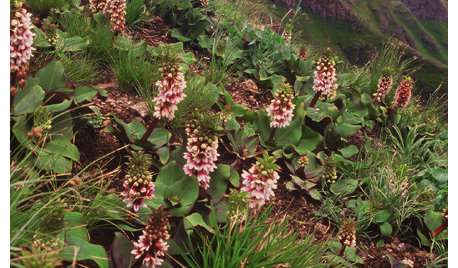
GARDENING GUIDES3 Exotic Flowers From the South African Wild
Add an enticing note to a garden border or patio container with these sophisticated and memorable African plants
Full Story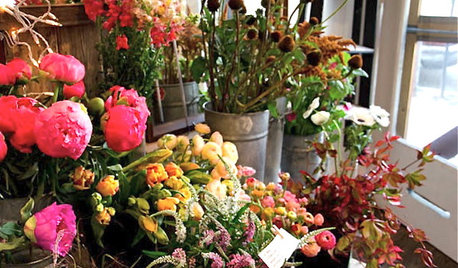
GARDENING GUIDESIngredients of a Beautifully Wild Bouquet
Layer these branches, flowers and leaves for a stunning DIY flower arrangement
Full Story
GARDENING GUIDESGreat Design Plant: Wild Lupine Dresses Up Rocky Gardens
Spiky blue flowers and a high tolerance for poor soil make this plant ideal for tough sites
Full Story
NATIVE PLANTSGreat Design Plant: Wild Bergamot, Friend of Foragers
Nourish butterflies and other winged creatures with the tubular flowers of Monarda fistulosa, a pretty pink native
Full Story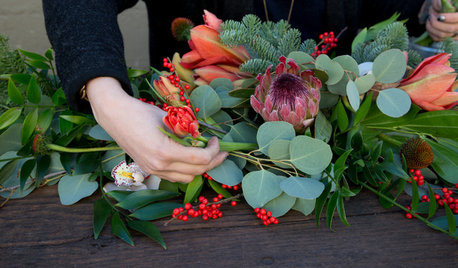
DIY PROJECTSMake a Wild, Organic Floral Table Garland for a Holiday Dinner Party
Flowers, fruit and foliage in reds, pinks, golds and greens form a colorful runner for a special winter celebration
Full Story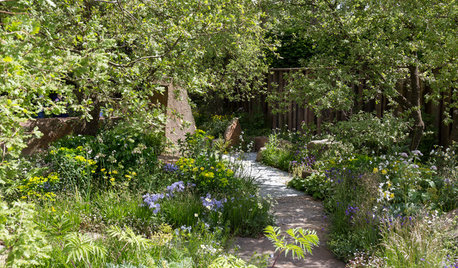
TASTEMAKERSWild Countryside Evoked in a Garden of Memories
For the Chelsea Flower Show, a designer taps into his experience of Exmoor, England, to create a garden that is powerfully personal
Full Story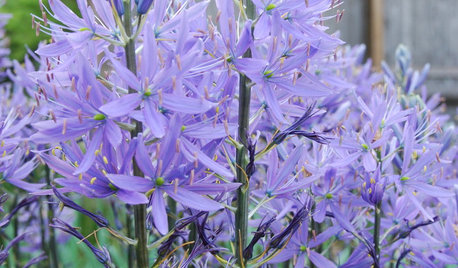
BULBSGreat Design Plant: Wild Hyacinth for a Bolt of Blue
Get knockout spring blooms on spiky stems by planting these bulbs before the ground freezes
Full Story
NATIVE PLANTSGreat Native Plant: Grow Wild Quinine for Its Unique Clusters of Blooms
Get connoisseur cred and unique blooms with this uncommon plant. Bonus assets: It’s low maintenance and drought tolerant
Full Story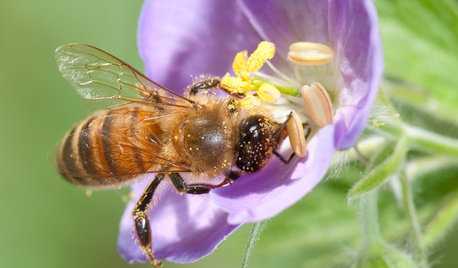
GARDENING GUIDESGreat Design Plant: Wild Geranium Puts on a Color Show
Oodles of bright blossoms and an easygoing nature make this woodland plant a welcome addition to a shady garden
Full Story
DECORATING GUIDESBotanicals Gone Wild: Wallpapers that Wow
Sweet Floral Prints Are Bigger and Spreading Faster Than Kudzu
Full Story





the_butterfly_ladyOriginal Author